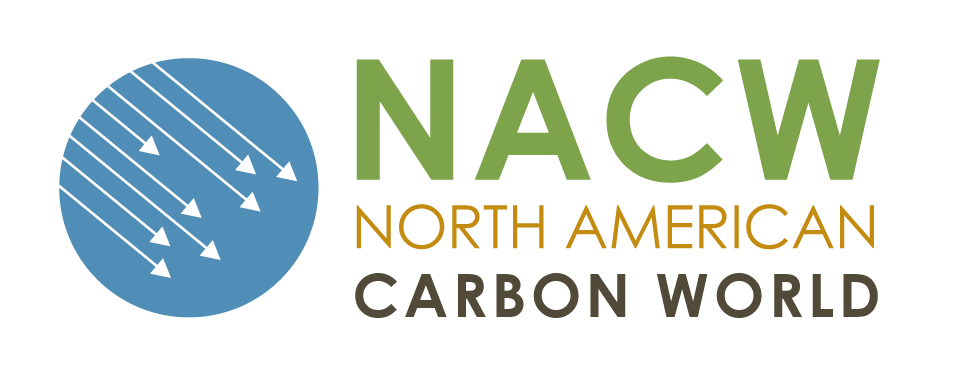Under the California Cap-and-Trade Program, compliance entities may use ARB offset credits to meet up to 8 percent of their compliance obligation for emissions through 2020, 4 percent for emissions from 2021-2025, and 6 percent for emissions from 2026-2030. Starting in 2021, at least half of the usage limit must come from projects that provide direct environmental benefits in the state (DEBS). CARB includes a DEBS flag in CITSS and the ARB Offset Credit Issuance Table to identify projects that meets DEBS requirements.
Offset projects that are located within the State of California are automatically considered to provide direct environmental benefits in the State. Ozone depleting substance (ODS) projects with some California-sourced ODS will be classified as DEBS regardless of where the destruction occurred and without a minimum threshold of California-sourced ODS destroyed.
Out-of-state projects can apply for DEBS determination by providing documentation in the form of peer reviewed scientific papers, reports from governmental or multinational bodies such as the Intergovernmental Panel on Climate Change, or project specific data. CARB has provided an Application for Direct Environmental Benefits Status form. Projects wishing to apply pursuant to section 95989(b) may complete and submit this form. New offset projects must submit the documentation during the first (initial) reporting period and existing offset projects have until December 31, 2021 to submit documentation for review. Once a project has been determined by CARB to provide DEBS, the project will be considered to provide DEBS for the duration of the project life.
California Air Resources Board – Direct Environmental Benefits






Comments are closed here.